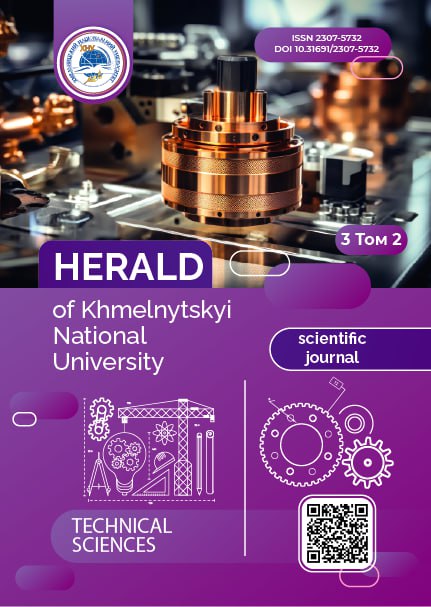FDM 3D PRINTING QUALITY CONTROL METHODS BASED ON VISUAL MONITORING: AN OVERVIEW OF RECENT DEVELOPMENTS
DOI:
https://doi.org/10.31891/2307-5732-2025-353-35Keywords:
3D printing, FDM, quality control, visual monitoring, machine vision, print defects, cameras, thermal imaging, 3D scanningAbstract
Ensuring the quality of parts produced by fused deposition modeling (FDM) 3D printing is a critical challenge given the high likelihood of process anomalies and defects. In response, visual monitoring has emerged as a key approach for in-situ quality control of FDM printing. This review article provides a comprehensive overview of the latest developments in visual monitoring methods for FDM print quality assurance. It examines a range of hardware setups, from standard webcams for general real-time oversight to specialized devices such as endoscopic cameras for detailed close-up views, infrared thermal cameras for detecting temperature anomalies, LiDAR sensors for precise geometric measurements, and 3D scanners for capturing the full three-dimensional shape of printed parts. It also highlights practical implementations of these methods, including open-source solutions (e.g., accessible monitoring systems integrated into consumer-level printers) and industrial-grade systems built into professional FDM machines. In addition, the state-of-the-art software algorithms for analyzing visual data are reviewed, with emphasis on advanced computer vision techniques. Modern deep learning approaches, particularly convolutional neural networks and emerging vision transformer models, have demonstrated the ability to automatically identify common printing defects (such as layer delamination, filament under-extrusion, stringing, and warping) in real time from image or video streams. The various monitoring strategies are compared in terms of detection accuracy, scope of detectable issues, response speed, and integration complexity, highlighting each approach’s strengths and limitations. Finally, the paper discusses future perspectives, including the integration of multiple sensor modalities for more comprehensive defect detection, the development of more robust and generalizable machine learning models, the implementation of real-time feedback control to correct or halt prints upon fault detection, and the broader incorporation of intelligent monitoring systems into standard FDM workflows in line with Industry 4.0 trends in smart manufacturing.
Downloads
Published
Issue
Section
License
Copyright (c) 2025 ВАДИМ СУХОСТАВСЬКИЙ, МИКОЛА СКИБА, ОЛЕГ ПОЛІЩУК, СВІТЛАНА ЛІСЕВИЧ (Автор)

This work is licensed under a Creative Commons Attribution 4.0 International License.

